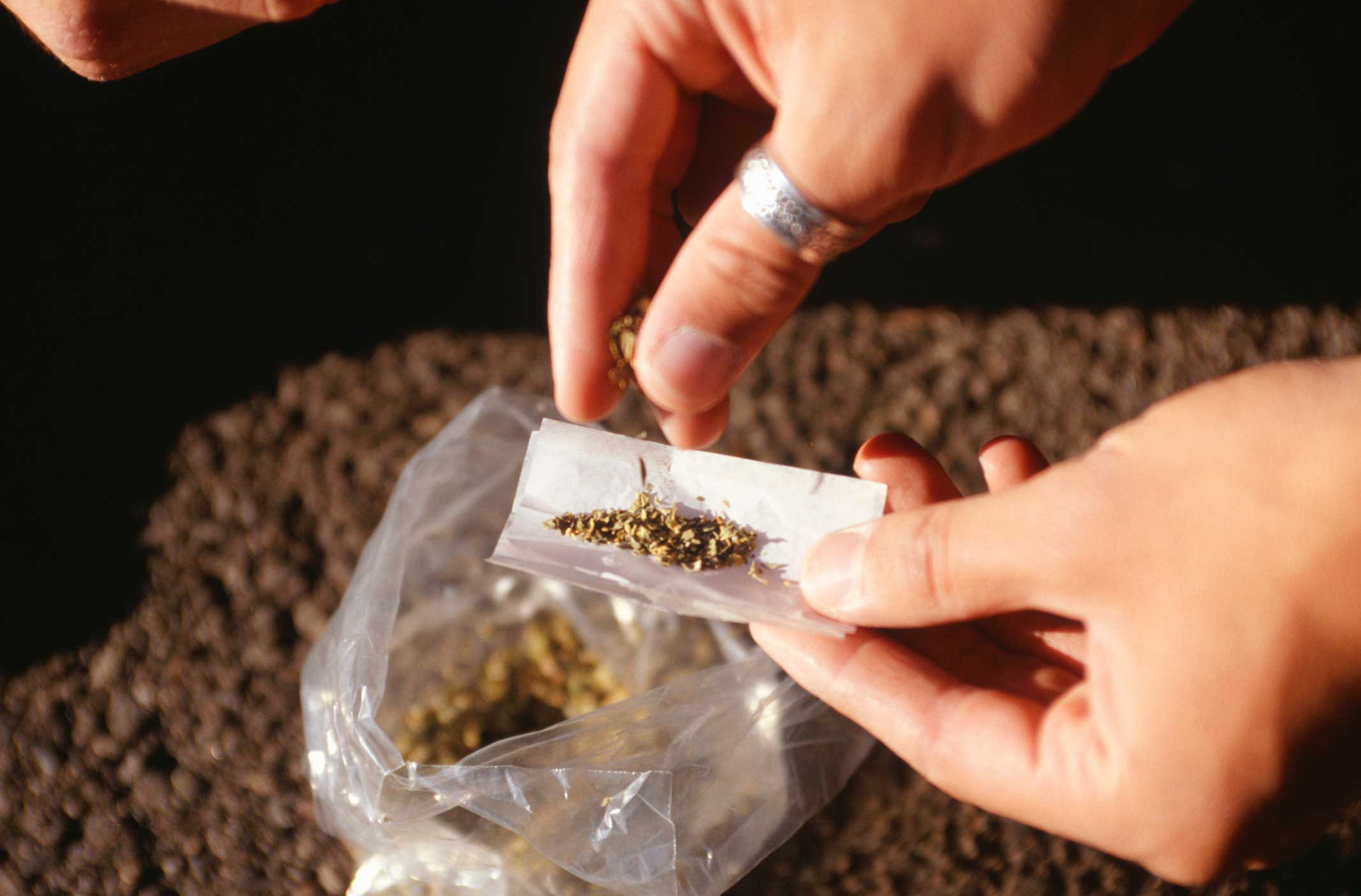The synthetic marijuana marijuana known as K2 that caused more than 100 overdoses, including 47 on Aug. 13, after samples were handed out on the New Haven Green by dealers hoping to build a clientele was laced with the painkiller Fubinaca, New Haven police said Aug. 21.
“’Synthetic marijuana’ is actually not marijuana at all,” says Dr. Craig Allen, Rushford‘s medical director. “It’s more accurate to call this a synthetic cannabinoid. This cannabinoid binds to the CB1 receptors in the brain, which causes the high or buzzed feeling. The marijuana cannabinoid THC binds to the same receptor. The synthetic cannabinoid is much more dangerous but very inexpensive. Synthetic cannabinoid can lead to seizures and death on its own but often it is the substances mixed in with it that lead to tragedy.”
Three men were arraigned in state court on charges related to the mass overdoses. Some people were treated at a local hospital two or three times — after being released, they returned to the green for more K2. Officials initially thought some K2 was laced with fentanyl, a potent opioid up to 50 times more powerful than heroin.
Jim Carroll, acting director of the U.S. Office of National Drug Control Policy, met with Gov. Dannel P. Malloy, New Haven Mayor Toni Harp and local officials in Aug. 20 in New Haven, where he said the federal government advocates a plan of prevention and education, readily available treatment and law enforcement that keeps drugs out of the community.
K2 is inexpensive and easy to manufacture, making it more difficult for local law enforcement to control. Even on its own, says Dr. Allen, K2 is a dangerous hallucinogen that can cause:
- Psychotic symptoms (paranoia and hallucinations).
- Suicidal thoughts.
- Elevated blood pressure.
- Kidney damage.
- Tremors.
- Mood changes.
- Depression.
- Seizures.
- Sweating.
- Headaches.
“This story highlights addictions impact on the brain’s information processing and decision-making skills and the risks of using unregulated drugs off the street,” says Dr. Allen.
Do not confuse marijuana with the synthetic version marketed as K2 or Spice. Marijuana, now legal for medical purposes in 30 states (in Connecticut, a 2.5-ounce limit per month) and the District of Columbia, has earned a reputation as a drug known for a laid-back high and its increasing medicinal usage.
K2, however, is better known for causing violent and erratic behavior.
“It is much nastier than marijuana and its unpredictability can be very dangerous, even fatal,” says Dr. Allen. “It’s a growing concern, especially among teenagers and young adults.”
Food and Drug Administration officials last month issued a warning about the rapid spread of synthetic marijuana across the country, causing hundreds of overdoses and several deaths. The drug, the FDA said, is made even riskier because some producers have laced it with a long-acting anticoagulant believed to extend the high.
“It’s like getting all the potential bad effects or side effects of marijuana at once,” says Dr. Allen. “It can provide a pretty nasty punch and in some cases can be fatal.
How to tell the difference between K2 and marijuana: K2 smells like chemicals and marijuana is naturally pungent.
One in 10 high school students have reported using synthetic marijuana, adding to existing concerns about opioid, heroin and prescription drug abuse.
“There are 169 towns and villages in Connecticut, and every community has people who are dealing with these issues,” says Jim O’Dea, the Behavioral Health Network‘s vice president of operations.
For information on the Behavioral Health Network’s MATCH (Medication Assisted Treatment Close to Home) program, click here.

